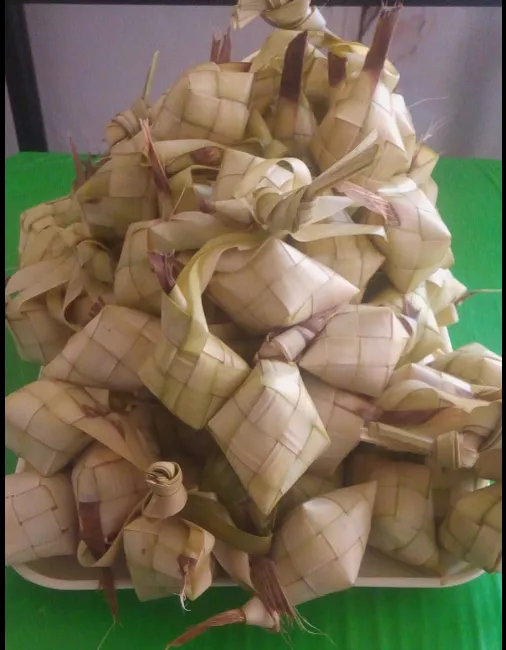
Cebuano dishes, Cebu, a bustling island province in the Philippines, is not only known for its pristine beaches and historical landmarks but also for its vibrant and diverse culinary heritage. Cebuano dishes are a delectable fusion of tradition, local ingredients, and time-tested cooking methods. Whether you are a food enthusiast or a curious traveler, Cebu’s cuisine promises an extraordinary gastronomic journey.
The Heart of Cebuano Cuisine
Key Ingredients
At the core of Cebuano dishes are ingredients that reflect the region’s abundance. These include:
- Fresh seafood: Fish, shrimp, squid, and crabs sourced directly from Cebu’s coastal waters.
- Coconut: Used in various forms such as coconut milk, shredded meat, and oil.
- Tropical fruits: Mangoes, bananas, and pineapples lend sweetness to many recipes.
- Aromatic spices: Garlic, onion, ginger, lemongrass, and chili add depth and warmth to dishes.
- Rice: A staple in every Cebuano meal, served plain or as puso (hanging rice).
Cooking Techniques
Cebuano chefs and home cooks rely on traditional methods to bring out authentic flavors:
- Grilling (Sugba): A popular method for cooking meat and seafood.
- Slow cooking (Inun-unan): Ideal for stews and braised dishes.
- Steaming: Used for desserts and rice-based treats.
- Frying and sautéing: Perfect for snacks like ngohiong.
Signature Cebuano Dishes
Lechon Cebu
Arguably the crown jewel of Cebuano cuisine, Lechon Cebu is a roasted pig stuffed with herbs and spices. Its crispy skin and juicy meat have earned it global acclaim. To enjoy it fully, pair it with puso and a side of spicy vinegar.
Puso (Hanging Rice)

Puso, rice wrapped and cooked in woven coconut leaves, is not only delicious but also portable. This unique Cebuano creation is perfect for travelers and complements grilled dishes like barbeque and seafood.
Ngohiong

Ngohiong is a Cebuano take on the spring roll, filled with a mixture of vegetables and seasoned with five-spice powder. It’s fried to golden perfection and served with a tangy dipping sauce.
Seafood Specialties
Kinilaw

Kinilaw, a Filipino ceviche, is made with raw fish marinated in vinegar, ginger, chili, and onions. Cebu’s version often includes coconut milk, adding a creamy twist to this refreshing dish.
Tuslob Buwa

A street food favorite, tuslob buwa translates to “dip in bubbles.” Diners gather around a pan of simmering pork brain and liver sauce, dipping puso into the flavorful mixture.
Comforting Soups and Stews
Balbacua

Balbacua is a hearty oxtail stew slow-cooked for hours until the meat is tender and the broth is rich. Seasoned with a blend of spices, it’s a comforting dish perfect for family gatherings.
Tinola
This light chicken soup with ginger, green papaya, and malunggay leaves is a staple in Cebuano households. It’s both nutritious and flavorful.
Sweet Cebuano Delicacies
Budbud Kabog

Made from millet, budbud kabog is a unique rice cake often wrapped in banana leaves. It’s traditionally served with hot chocolate or ripe mangoes.
Otap

Otap, a crispy and flaky pastry coated in sugar, is a favorite Cebuano snack. Pair it with sikwate (native hot chocolate) for an indulgent treat.
Beverages and Noodle Dishes

Sikwate (Native Hot Chocolate)
Sikwate, made from pure cacao, is a rich and comforting drink often enjoyed during breakfast or merienda. It pairs wonderfully with traditional Cebuano snacks.
Bam-i
Bam-i is a flavorful noodle dish that combines canton and bihon noodles, mixed with meat, seafood, and vegetables. It’s a must-try for those attending Cebuano celebrations.
The Culture Behind Cebuano Cuisine
Festivals and Feasts
Food plays a central role in Cebuano celebrations, especially during the Sinulog Festival. Feasts often feature an array of dishes, showcasing the region’s culinary diversity.
Street Food Adventures
The bustling streets of Cebu are lined with vendors offering affordable yet mouthwatering dishes. From siomai sa Tisa to banana cue, the options are endless. Don’t miss Larsian’s Barbecue, a haven for grilled food lovers.
Conclusion
Cebuano cuisine is a vibrant tapestry of flavors and traditions, offering something for everyone. From the world-famous Lechon Cebu to unique street foods like tuslob buwa, every dish tells a story of the island’s rich heritage. Exploring Cebuano dishes isn’t just about satisfying your appetite; it’s about experiencing the culture and history of Cebu. So, the next time you visit Cebu, let your taste buds guide you through this culinary paradise.
FAQs
1. What is the best Cebuano dish for first-timers?
Lechon Cebu is a must-try for its unparalleled flavor and cultural significance.
2. Where can I find authentic Cebuano food?
Explore local eateries, street food markets, and restaurants specializing in Cebuano cuisine.
3. Are Cebuano dishes spicy?
While some dishes have a mild kick, most are balanced to appeal to a wide range of palates.
4. What are some vegetarian Cebuano dishes?
Vegetarian options include vegetable ngohiong, kinilaw with tofu, and grilled eggplant dishes.
5. How does Cebuano cuisine differ from other Filipino cuisines?
Cebuano dishes emphasize fresh seafood, tropical flavors, and grilling techniques, setting them apart from other regional cuisines.
You may also like
- https://bestphilippinestravelguide.com/plateau-in-the-philippines/
- https://bestphilippinestravelguide.com/100-pesos-budget-ulam-recipe/
- https://bestphilippinestravelguide.com/philippines-independence-day/
- https://bestphilippinestravelguide.com/budget-travel-in-the-philippines/
- https://bestphilippinestravelguide.com/tinola/
